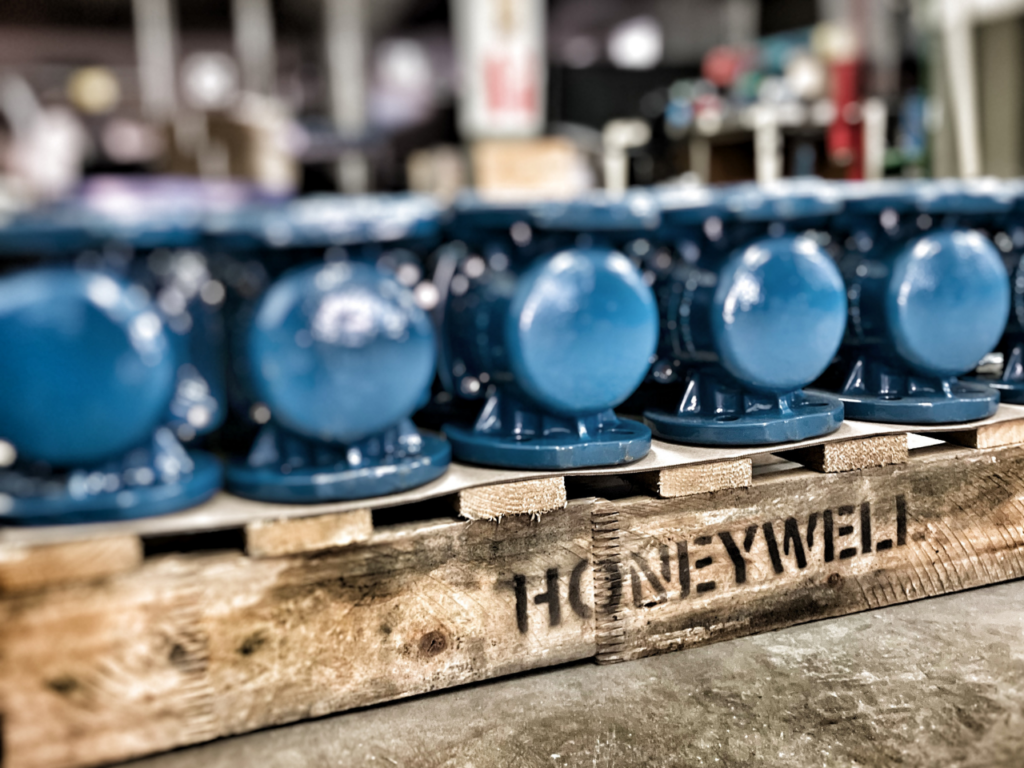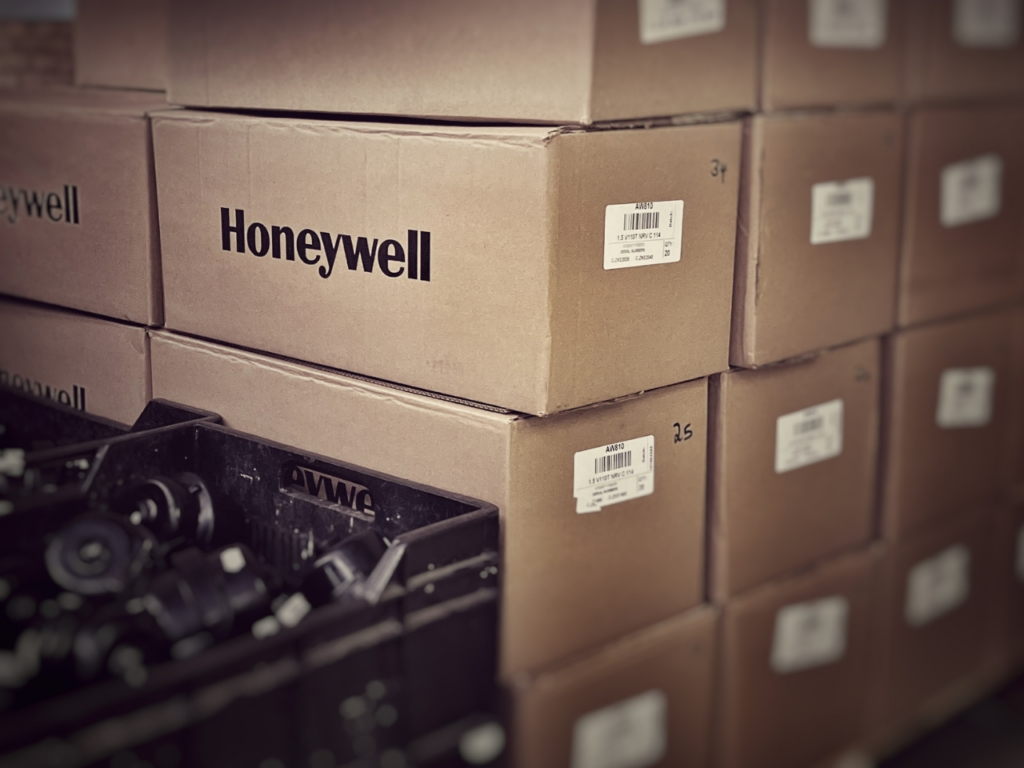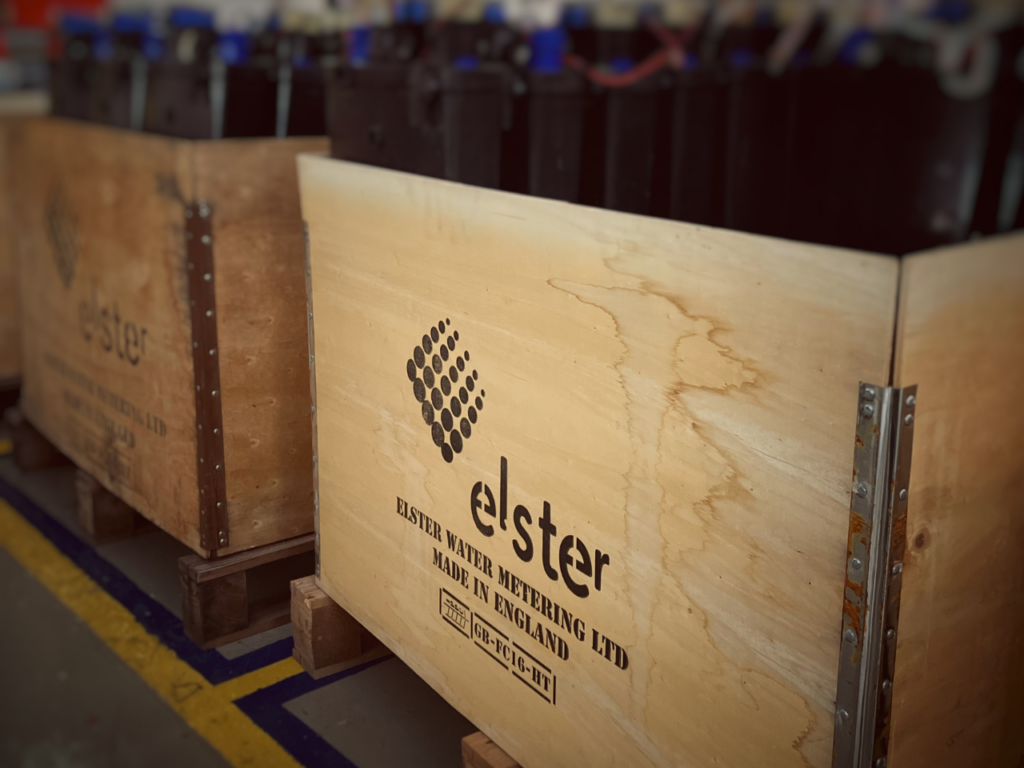The cost of a water meter is minimal compared to the overall expense of a water reticulation system (pipelines, valves, labour, and construction). Yet, it’s the only component that generates revenue for water boards and municipalities, making it perplexing that cost is often prioritised over quality.
“Previously, engineers normally made all purchasing decisions, and meters were specified on quality and whether it is fit for purpose. But we are now seeing instances where a purchasing department is only interested in the number of water meters that can be bought for a stipulated sum of money,” says Stefan Bisschoff, national sales manager, CraigCor Distribution. He notes that there are a lot of cheap imports that are entering the country that look identical to other, quality water meters on the outside. “This is because there is a 40% to 70% local content rule for meters and to achieve this, they usually use a locally manufactured meter box. But there are massive variances internally. There is a difference between repeatability and accuracy. While the cheap imports may comply with specifications before they are installed, they seldom comply with the same specifications a year later. The data from meters is only as accurate as the meter itself. A good quality meter, even though its more expensive than cheaper imports, can quickly garner a return on investment due to its accuracy.”

Jacques-Louis van der Linde, senior account manager, Honeywell
Jacques-Louis van der Linde, senior account manager, Honeywell adds that fortunately, South Africa has the South African Metering Association as well as SABS standards that keep local manufacturers accountable and mostly protects the country from using cheap imports that take inaccurate readings and have very short life spans. “The National Regulator for Compulsory Specifications (NRCS) approves all manufacturing facilities. Meter test benches must be certified and recalibrated every year. Only approved certified verification officers can test meters.” Unfortunately, there are instances where parties will pay for the cheapest possible meters as they are not directly affected by the cost of inaccurate billing or meter replacements.
Classification
 No single type of water meter fits all situations because factors like water flow rate, pipe size, installation environment, and required accuracy all vary across different applications. CraigCor Distribution partners with Honeywell, a technology and manufacturing leader, to provide clients with a complete metering solution. Honeywell offers water meters for both the residential as well as commercial and industrial sector. Within the residential division on the mechanical side they offer multi-jet, single-jet, piston and volumetric meters. Then there are smart meters that are essentially electronic meters which can be either ultrasonic meters or magnetic flow meters. To add further complexity, some of these meters are used for billing purposes while other meters are used for information.
No single type of water meter fits all situations because factors like water flow rate, pipe size, installation environment, and required accuracy all vary across different applications. CraigCor Distribution partners with Honeywell, a technology and manufacturing leader, to provide clients with a complete metering solution. Honeywell offers water meters for both the residential as well as commercial and industrial sector. Within the residential division on the mechanical side they offer multi-jet, single-jet, piston and volumetric meters. Then there are smart meters that are essentially electronic meters which can be either ultrasonic meters or magnetic flow meters. To add further complexity, some of these meters are used for billing purposes while other meters are used for information.
“The terminology used when describing meters can cause confusion. For instance, one person will qualify a smart meter as an instrument with no moving parts, another person will believe that smart meters can have a mechanical mechanism with electronic dials, others believe it’s a mechanical meter with an electronic output for remote monitoring.”
“When helping a customer choose the right meter, it’s important to understand exactly what the customer wants to achieve or what problem is the customer trying to solve. If a client battles to get access to properties and needs to take readings remotely, then a smart meter is a great solution. If there is a problem with revenue collection, then prepaid meters should be used,” explains van der Linde.
Water meters are often classified by different grades or classes based on their accuracy, performance, and intended application. These grades indicate the precision of the meter under various flow conditions, typically defined by international standards known as ISO (International Organisation for Standardisation).
There are the main types of water meter grades:
- Class A Meters: These are the least accurate meters, generally used in situations where high precision is not necessary. They perform adequately in measuring higher flow rates but may struggle with accuracy at low flow rates.
- Class B Meters: More common in residential applications, Class B meters offer better accuracy than Class A, especially in medium to high flow rates. They are suitable for households with moderate water usage.
- Class C Meters: These are highly accurate meters, particularly at low flow rates, and are commonly used in commercial and industrial applications. They ensure precise measurements even when water flows are minimal, making them ideal for situations where detailed monitoring is essential.
- Class D Meters: The most accurate of all, Class D meters are used in specialised applications where extremely precise measurements are required, even under low flow conditions. They are often used in environments where accurate billing or conservation is crucial.
“For instance, an irrigation meter is usually a Class A meter. It will give a very good sense of the quantities of water that is pumped out of dams, rivers and reservoirs. But for billing purposes one can only use Class B, Class C and Class D meters. The majority of meters are classified as Class B, and it’s the minimum standard in the Trade Metrology Act that can be used for billing. Honeywell would like to see the minimum requirement raised to Class C accuracy because a lot of water is escaping measurement on the low flow,” says van der Linde.
The importance of volumetric meters
 He states that multi-jet meters are widely used in South Africa and are in most cases, Class B meters. “They have an impeller that spins on a needle, making weight distribution quite sensitive. As soon as you change the orientation of the meter, you compromise on its accuracy as the needle has more friction. It can only be stored and placed in a horizontal position. Furthermore, the jets may get blocked by impurities in the water.” While there is an understandable focus on water losses due to failing infrastructure, meters also take strain. Burst pipes can be the cause of sand and dirt being pushed through meters, as well as huge spikes in pressure, making multi-jet meters malfunction. Often municipal systems have faulty or non-existent air valves, which result in air pass through meters and causing them to over rev and even cease.
He states that multi-jet meters are widely used in South Africa and are in most cases, Class B meters. “They have an impeller that spins on a needle, making weight distribution quite sensitive. As soon as you change the orientation of the meter, you compromise on its accuracy as the needle has more friction. It can only be stored and placed in a horizontal position. Furthermore, the jets may get blocked by impurities in the water.” While there is an understandable focus on water losses due to failing infrastructure, meters also take strain. Burst pipes can be the cause of sand and dirt being pushed through meters, as well as huge spikes in pressure, making multi-jet meters malfunction. Often municipal systems have faulty or non-existent air valves, which result in air pass through meters and causing them to over rev and even cease.
“Even though there is an increased adoption of ultrasonic meters (mostly by the private sector) as the price of the technology declines, Honeywell favours volumetric meters for South Africa because of the value they provide. Firstly, they can be installed at any orientation, reducing any installation errors. They also have a built-in strainer that can filter out impurities and a reasonable amount of sand and grit can pass through its pistons,” explains van der Linde.
Support local businesses
 Due to the high standards that local meter manufacturers must adhere to; it should be a foregone conclusion that South African companies can supply the best water metering solution. “Honeywell were pioneers with both the brass based and polymer-based meters. Our meters are designed and developed for South African water conditions. Remember that imports are not designed for the lime scale, grit and sand found locally. Honeywell’s first water meter was installed at Cape Town Waterworks Department in 1901, we are not a fly by night operation,” says van der Linde. To avoid theft, polymer-based water meters are recommended. Honeywell water meters are manufactured with UV stabilisers and a polymer that is more resistant to cracks than the other polymers on the market. All meters are also supplied with a protective cover that can double as a lockable box, reducing any potential tampering. The prepaid meters are fitted with a tamper proof device where a valve automatically shuts down once the meter lid is lifted. All Honeywell water meters undergo a series of quality, accuracy and pressure tests. “CraigCor Distribution is the intermediate between big Original Equipment Manufacturers (OEM) and the local market. We are here to guide our customers, giving them the best possible value for money. By partnering with local manufacturers that manufacture top quality products like Honeywell, our customers receive the best possible support in terms of maintenance and technical advice. We are all about customer service and engagement and work closely with consulting engineers to make sure that the right meters are used with different water systems. CraigCor Distribution also has a massive stock holding,” states Bisschoff.
Due to the high standards that local meter manufacturers must adhere to; it should be a foregone conclusion that South African companies can supply the best water metering solution. “Honeywell were pioneers with both the brass based and polymer-based meters. Our meters are designed and developed for South African water conditions. Remember that imports are not designed for the lime scale, grit and sand found locally. Honeywell’s first water meter was installed at Cape Town Waterworks Department in 1901, we are not a fly by night operation,” says van der Linde. To avoid theft, polymer-based water meters are recommended. Honeywell water meters are manufactured with UV stabilisers and a polymer that is more resistant to cracks than the other polymers on the market. All meters are also supplied with a protective cover that can double as a lockable box, reducing any potential tampering. The prepaid meters are fitted with a tamper proof device where a valve automatically shuts down once the meter lid is lifted. All Honeywell water meters undergo a series of quality, accuracy and pressure tests. “CraigCor Distribution is the intermediate between big Original Equipment Manufacturers (OEM) and the local market. We are here to guide our customers, giving them the best possible value for money. By partnering with local manufacturers that manufacture top quality products like Honeywell, our customers receive the best possible support in terms of maintenance and technical advice. We are all about customer service and engagement and work closely with consulting engineers to make sure that the right meters are used with different water systems. CraigCor Distribution also has a massive stock holding,” states Bisschoff.










